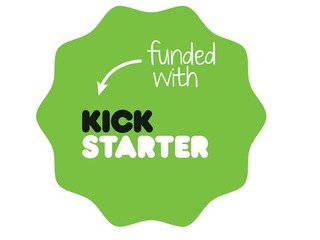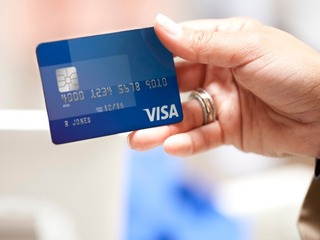How does Course Hero make money?
The company offers a freemium model, where users can pay to access more content and ask questions
Read more...
Editor's note: Our Splash Health, Wellness and Wearables event is coming up on March 23 in San Francisco. We'll have Mario Schlosser, Founder & CEO of Oscar Health, Brian Singerman (Partner, Founders Fund), Steve Jurvetson (Draper Fisher Jurvetson), J. Craig Venter (Human Longevity), Lynne Chou (Partner, Kleiner Perkins), Michael Dixon (Sequoia Capital), Patrick Chung (Xfund), Check out the full lineup and register for tickets before they jump! If you’re a healthcare startup and you’re interested in being part of our competition, learn more and register here.
Also, vote for your favorite healthcare startup before February 16! Vote here!
Stripe was founded in 2009 as a way to allow anyone to accept credit card payments on the Internet. It wasn't the first to do this, as PayPal had been around for over a decade at that point, but the company's idea was to make it easier than ever before.
The idea was obviously successful, as Stripe now processes billions of dollars a year for thousands of businesses, including Twitter, Kickstarter, Shopify, Salesforce and Lyft.
The company makes its money from processing fees, which change depending on which country the transaction is being made. Stripe is currently available in 25 countries, including Australia, Japan, Singapore, Great Britain, Norway, Spain, Luxembourg and Hong Kong.
In the U.S., for example, the fee is quite high: 2.9 percent, along with 30 cents, per transaction for credit cards and debit cards. For Automated Clearing House (ACH) and Bitcoin, the company charges 0.8 percent, though fees are capped at $5. The company also charges $4 for failed ACH payments.
Disputed payments, such as chargebacks, incur a fee of $15; however, if the customer’s bank resolves the dispute in the business's favor, the fee is fully refunded.
In Europe, the fees are much lower, if the card is not international. A transaction made with a European card in France, Spain or Belgium comes with a fee of 1.4 percent, plus €0.25. If the card is from a country outside of Europe, the fee jumps to the same as it is in the U.S.: 2.9 percent, plus €0.25. Fees for disputed charges are €15.00.
In Asia, the fees as higher than the U.S. or Europe. In Japan, the transaction fee is 3.6 percent, and in Singapore it's 3.4 percent, plus $0.50. Asia is Stripe's most recent market, having entered Singapore in September and Japan in October of last year.
Finally, in Australia, Stripe charges 1.75 percent, plus 30 cents, for domestic cards, and 2.9 percent, plus 30 cents, for International cards. Fees for disputed charges are A$25.00.
In addition to those fees, Stripe also makes money through two of its products, Connect and Atlas.
Connect is a platform for running a marketplace for getting sellers paid, including support for ID verification, international sellers, and tax reporting. It costs businesses an additional 0.5 percent in transaction fees.
Atlas allows entrepreneurs to incorporate a U.S. company, set up a business bank account, and get guidance on legal and tax issues,
During the Stripe Atlas preview, the company charges a flat rate of $500 to cover all fees associated with incorporating a U.S. company and opening a business bank account. Businesses will pay Stripe’s standard fees of 2.9 percent, plus 30 cents per successful charge.
Since its founding, Stripe has raised $440 million in venture funding, including a $150 million round in November, bringing the company's valuation to $9.2 billion, nearly doubling the $5 billion valuation it got when it last raised funding, an undisclosed amount from Visa in July of last year.
Other investors include Peter Thiel, Elon Musk, Y Combinator, Sequoia Capital, SV Angel, Andreessen Horowitz, General Catalyst, Elad Gil, Redpoint Ventures, Chris Dixon and Aaron Levie.
The company offers a freemium model, where users can pay to access more content and ask questions
Read more...The company sells a premium version of its free product to parents, schools and districts
Read more...Initially a platform for renting textbooks, it now makes 90% of revenue from software subscriptiions
Read more...


